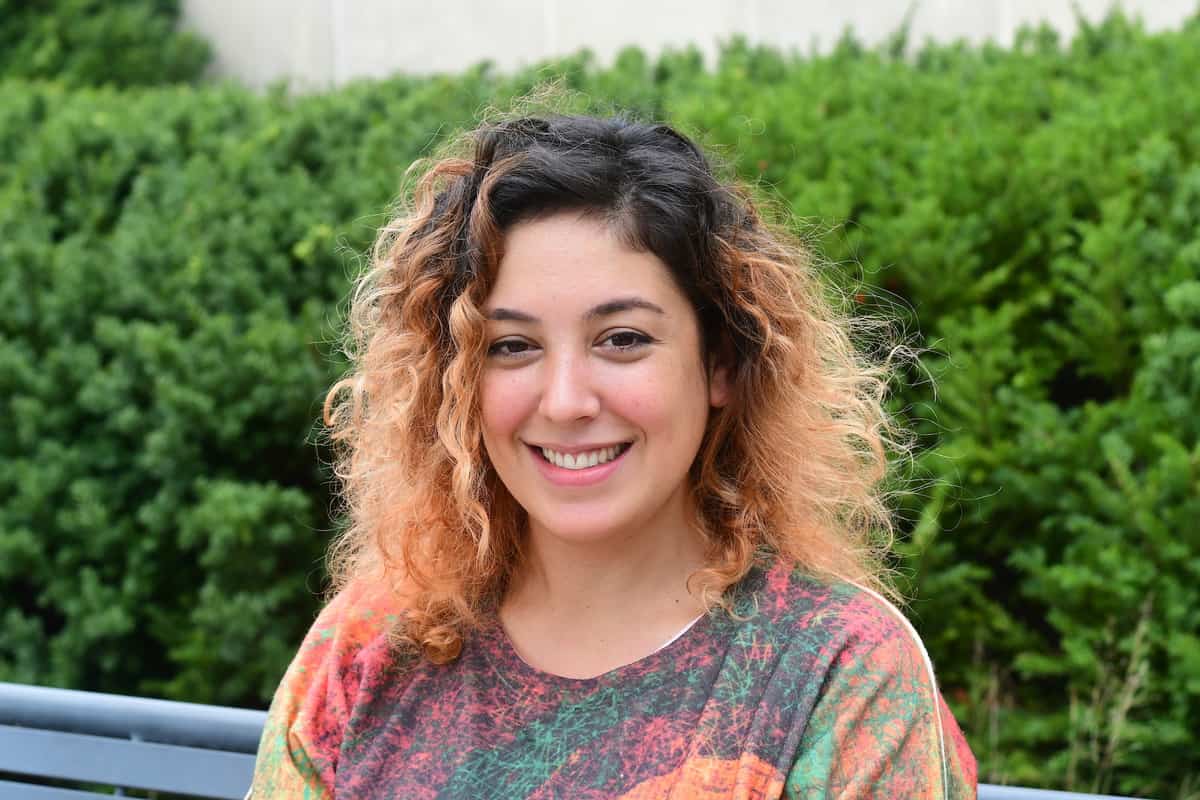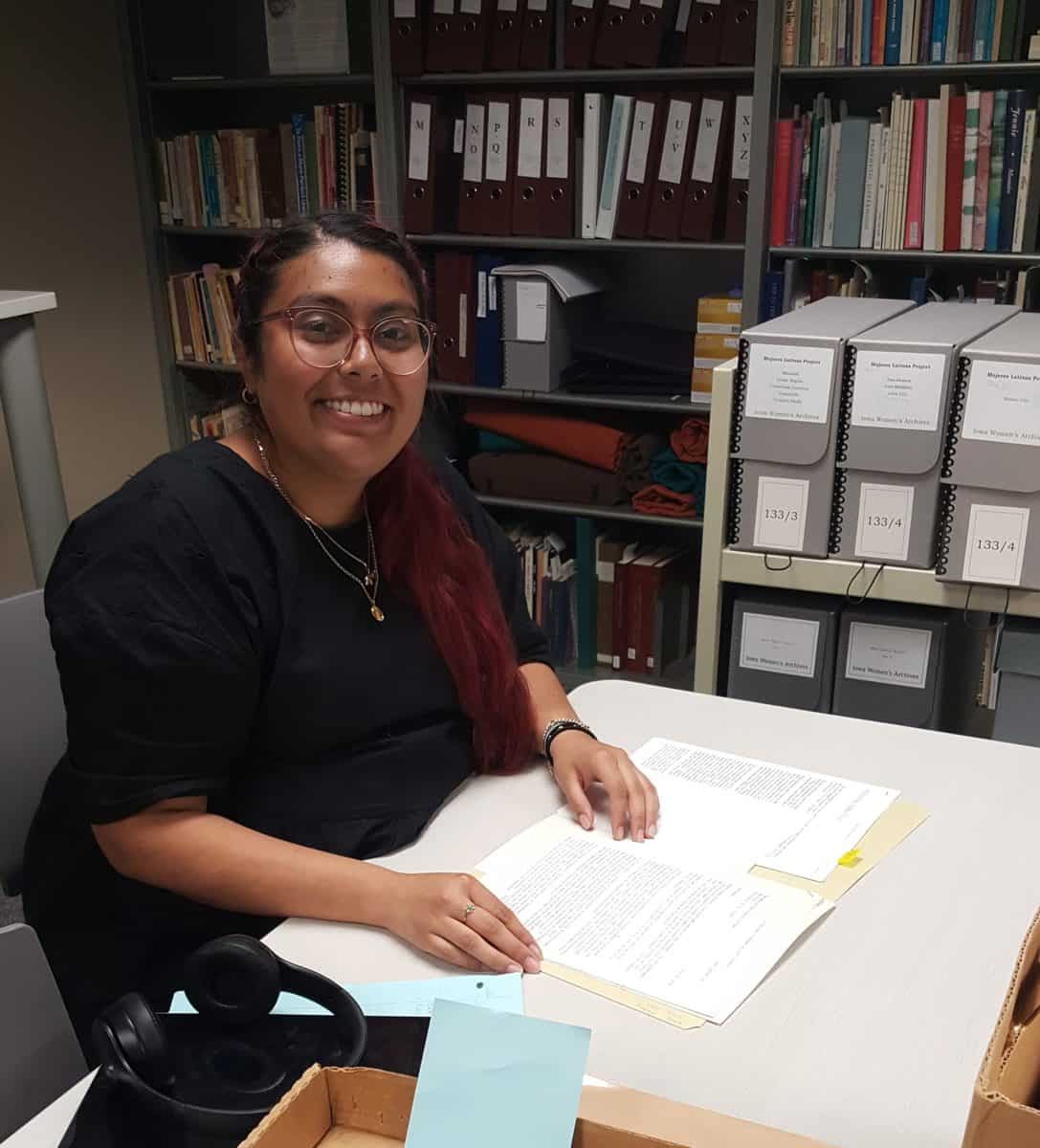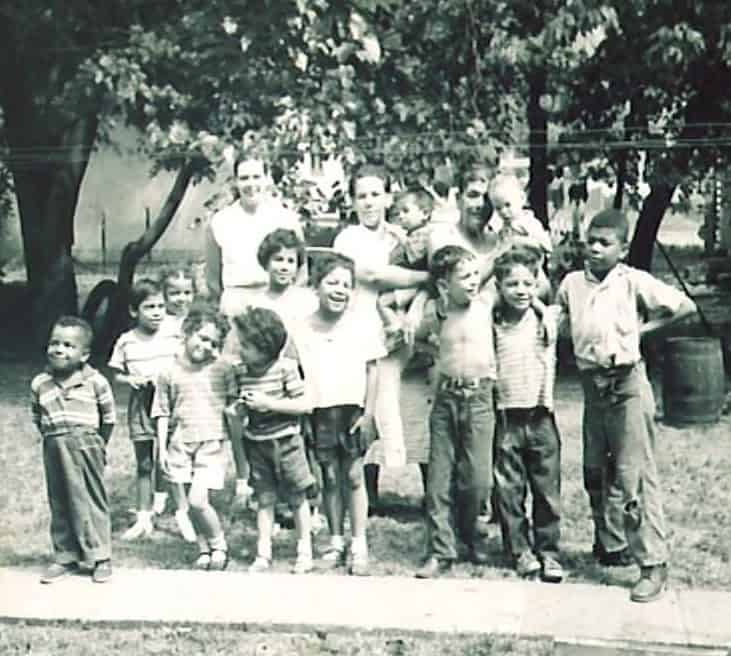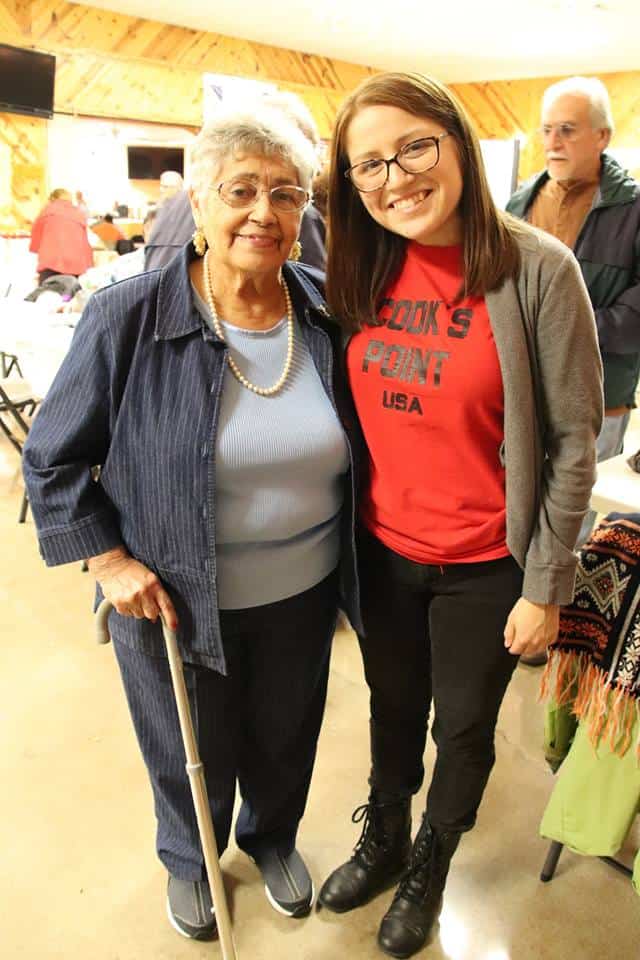This fall, Yamila Transtenvot, an instructor in Spanish at Cornell College, has been working with IWA, The League of United Latin American Citizens (LULAC) Council 10, and the Davenport Community School District (DCSD) to bring primary sources about Latino/a/x history to Iowa schools. I sat down with Transtenvot this Latinx Heritage Month to discuss thisContinue reading “Community Collaboration brings Latinx History from the Archives to the Classroom”
Category Archives: Mujeres Latinas
IWA’s 2020 Kerber Grant Recipient: Yazmin Gomez
After the pandemic postponed her research trip, Yazmin Gomez, the 2020 Linda and Richard Kerber Travel Grant recipient, finally made it to IWA! Linda Kerber, May Brodbeck Professor in the Liberal Arts and Professor of History Emerita, and her husband Richard founded this grant to help researchers, especially graduate students, travel to the Iowa Women’sContinue reading “IWA’s 2020 Kerber Grant Recipient: Yazmin Gomez”
From Alabama to the Barrio: Ernest Rodriguez and the Fight Against Racism in Iowa
This post by IWA Graduate Research Assistant Heather Cooper is the ninth installment in our series highlighting African American history in the collections of the Iowa Women’s Archives. The series ran weekly during Black History Month, and will continue monthly for the remainder of 2020. In honor of Latinx Heritage Month (September 15 – OctoberContinue reading “From Alabama to the Barrio: Ernest Rodriguez and the Fight Against Racism in Iowa”
History Reflected Back: Part II
Below is a reflection from Micaela Terronez, Olson Graduate Assistant, on a recent talk about her interest in the Mexican barrios of the Quad Cities at a local community gathering in Davenport, Iowa. She will be giving a version of this talk at “Workers’ Dream for an America that ‘Yet Must Be’ Struggles for Freedom and Dignity, Past andContinue reading “History Reflected Back: Part II”
Migration is Beautiful Website Premieres at 2016 National LULAC Convention
July 12th was the kickoff for the 2016 National LULAC (League of United Latin American Citizens) convention. Janet, assistant curator here at the IWA, attended the conference to promote “Migration is Beautiful,” a new website featuring vignettes, oral history interview clips, memoirs, letters, and photographs from the IWA’s Mujeres Latinas Project. The new website highlightsContinue reading “Migration is Beautiful Website Premieres at 2016 National LULAC Convention”



